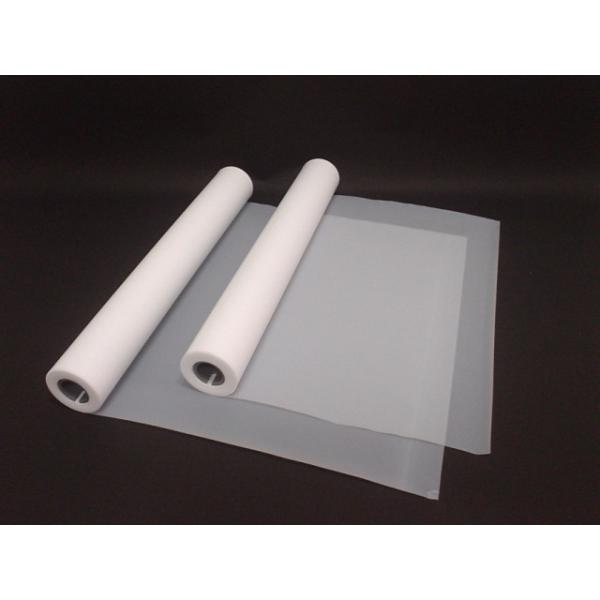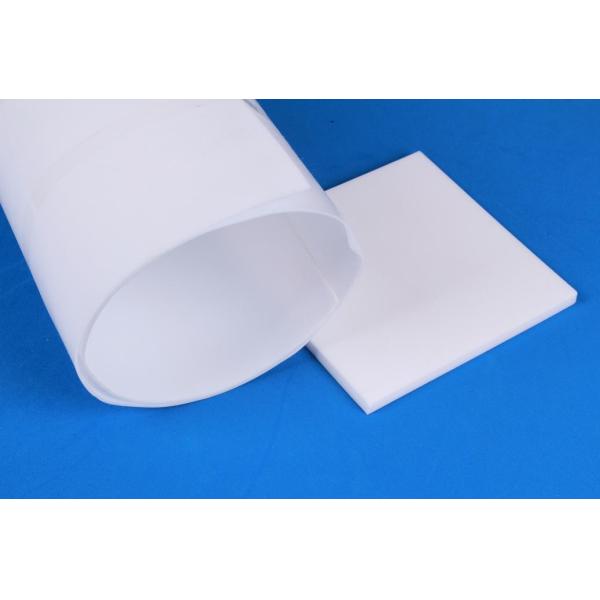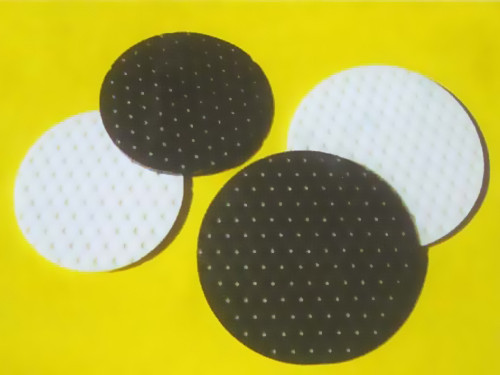In today's competitive digital landscape, understanding the capabilities and proper implementation of Other technology solutions is crucial for maintaining optimal performance and achieving business objectives. This comprehensive guide provides detailed technical specifications, implementation guidelines, and practical insights based on two decades of industry experience.
| Feature | Other Standard | Other Pro | Other Enterprise |
|---|---|---|---|
| Processor Cores | 4 | 8 | 16 |
| Base Clock Speed | 2.4 GHz | 3.0 GHz | 3.6 GHz |
| Maximum RAM | 32 GB | 64 GB | 128 GB |
| Storage Interface | SATA III | NVMe PCIe 3.0 | NVMe PCIe 4.0 |
| Network Ports | 2 x 1GbE | 4 x 1GbE | 2 x 10GbE + 2 x 1GbE |
| Warranty Period | 1 Year | 3 Years | 5 Years |
| Interface Type | Quantity | Specification | Maximum Speed |
|---|---|---|---|
| USB 3.2 Gen 2 | 4 | Type-A | 10 Gbps |
| USB-C | 2 | Thunderbolt 4 | 40 Gbps |
| HDMI | 2 | 2.1 | 48 Gbps |
| DisplayPort | 1 | 1.4 | 32.4 Gbps |
| Ethernet | 2 | RJ-45 | 2.5 Gbps |
| Audio Jack | 1 | 3.5mm Combo | 24-bit/192kHz |
| Parameter | Minimum | Maximum | Recommended |
|---|---|---|---|
| Operating Temperature | 0°C (32°F) | 40°C (104°F) | 20-25°C (68-77°F) |
| Storage Temperature | -20°C (-4°F) | 60°C (140°F) | 15-30°C (59-86°F) |
| Relative Humidity | 10% | 90% | 40-60% |
| Operating Altitude | 0 meters | 3,000 meters | 0-1,500 meters |
| Vibration Resistance | 0.5 G | 2.0 G | Below 1.0 G |
Other systems are designed for medium to large-scale business environments requiring reliable computing infrastructure. Primary applications include database hosting, virtualization platforms, web server farms, and enterprise application hosting. The technology excels in environments demanding consistent performance, high availability, and scalable architecture. Many organizations deploy these solutions for critical business operations, data processing centers, and as backbone infrastructure for distributed computing networks.
Other technology incorporates advanced power management features that significantly reduce energy consumption compared to conventional server solutions. The implementation of dynamic frequency scaling, intelligent cooling systems, and optimized power delivery circuits results in approximately 30-40% lower energy usage under typical workloads. These systems maintain Energy Star 8.0 compliance and often achieve Power Usage Effectiveness (PUE) ratings below 1.2 in properly configured data center environments.
Other platforms include comprehensive security measures at both hardware and firmware levels. Standard security features include Trusted Platform Module (TPM) 2.0 for hardware-based encryption, secure boot functionality to prevent unauthorized operating system loading, and hardware root of trust implementation. Additional security layers include BIOS-level password protection, intrusion detection mechanisms, and automated firmware integrity checks. These features work collectively to protect against both physical and remote security threats.
Yes, Other solutions are designed with hybrid infrastructure compatibility in mind. They support integration with major cloud platforms including AWS, Azure, and Google Cloud through standardized APIs and management interfaces. The systems feature native support for containerization technologies like Docker and Kubernetes, enabling seamless workload migration between on-premises and cloud environments. Additionally, comprehensive management APIs allow for integration with existing IT management frameworks and automation tools.
Other products come with tiered support options ranging from basic next-business-day response to premium 24/7 technical assistance with guaranteed 15-minute response times. Standard warranty coverage includes one year for basic models, extending to five years for enterprise-grade solutions. Support packages include firmware updates, security patches, and access to technical documentation. Advanced support options provide dedicated technical account managers and proactive monitoring services to identify potential issues before they impact operations.
Other systems are designed with modular architecture that supports both vertical and horizontal scaling. Vertical scaling capabilities allow for memory expansion up to 128GB and storage expansion through multiple drive bays and external storage arrays. Horizontal scaling is facilitated through clustering technologies that enable multiple units to work as a single logical system. The architecture supports hot-swappable components, allowing for capacity upgrades without system downtime. Most configurations can scale from entry-level setups to enterprise-grade deployments supporting thousands of concurrent users.
Other systems require minimal routine maintenance under normal operating conditions. Recommended maintenance includes quarterly firmware updates, monthly system health checks, and annual physical inspections of cooling systems and power supplies. The systems include automated monitoring that alerts administrators to potential issues before they become critical. Predictive maintenance features analyze component health and provide replacement recommendations based on usage patterns and manufacturer specifications. Most maintenance tasks can be performed remotely through the integrated management interface.
Other platforms incorporate comprehensive data protection features including integrated backup controllers, snapshot capabilities, and replication services. Standard configurations support automated incremental backups with configurable retention policies. Disaster recovery features include automated failover to secondary systems, geographically distributed replication, and bare-metal restore capabilities. The systems are compatible with major enterprise backup solutions and can be configured for recovery time objectives (RTO) of less than 15 minutes and recovery point objectives (RPO) of near-zero data loss.
| Performance Metric | Standard Model | Enhanced Model | Testing Methodology |
|---|---|---|---|
| CPU Benchmark Score | 12,500 points | 18,700 points | Geekbench 5 Multi-Core |
| Memory Bandwidth | 34.1 GB/s | 51.2 GB/s | Stream Triad Benchmark |
| Storage Read Speed | 3,200 MB/s | 7,000 MB/s | CrystalDiskMark Sequential |
| Network Throughput | 940 Mbps | 2.35 Gbps | iPerf3 TCP Test |
| Power Efficiency | 85% typical | 92% typical | 80 Plus Certification |
| Noise Level | 32 dBA | 28 dBA | ANSI S12.10 Measurement |






